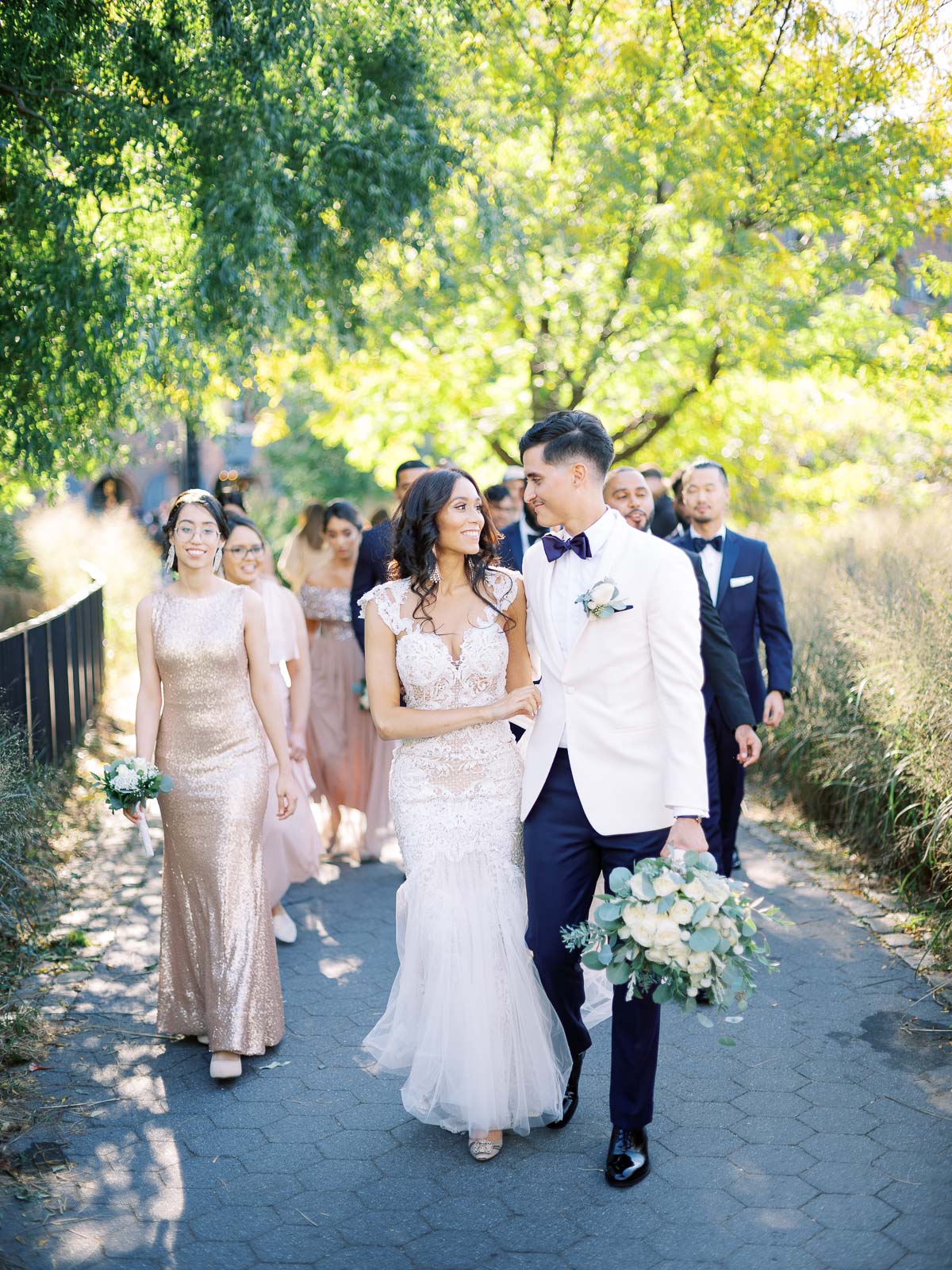So you just got engaged—congratulations!
While everyone’s probably already asking you, “WHEN’S THE WEDDING?!?!” you might be a little unsure of where to start and how to pick a wedding date. Also: Which season should you get married in? So many questions!
Here, a few tips to set you off in the right direction.
How to Pick a Wedding Date: Getting Started
Figuring out when you’d like to get married can be challenging. Each season has unique characteristics that’ll affect not only your pictures, but also the best times and locations for your wedding to take place.
Here’s a nifty little infographic provided by WeddingWire that shows the percentages of weddings by month:
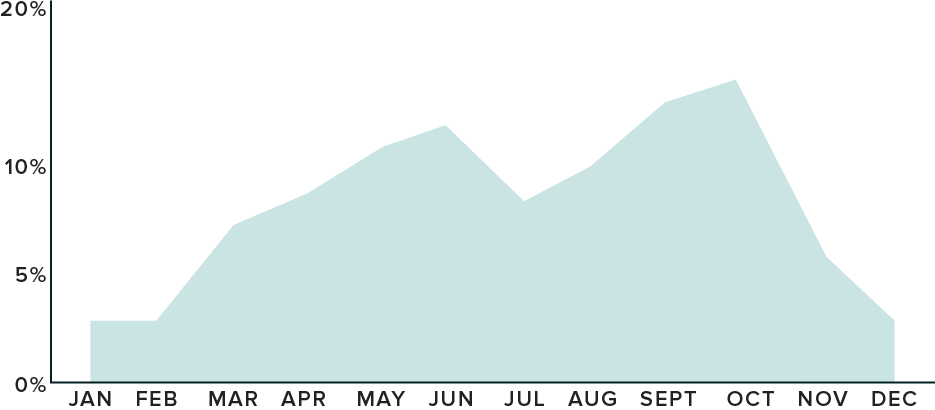
As you can see, certain seasons are more popular than others (spring, summer and autumn are more popular than winter in the Northeast). Because of this, dates for your favorite vendors could book up over a year in advance.
Though this can seem daunting, try not to let it stress you out. With proper planning you’ll have an amazing wedding, no matter what day you choose.
Here are a few things to think about when deciding on your date:
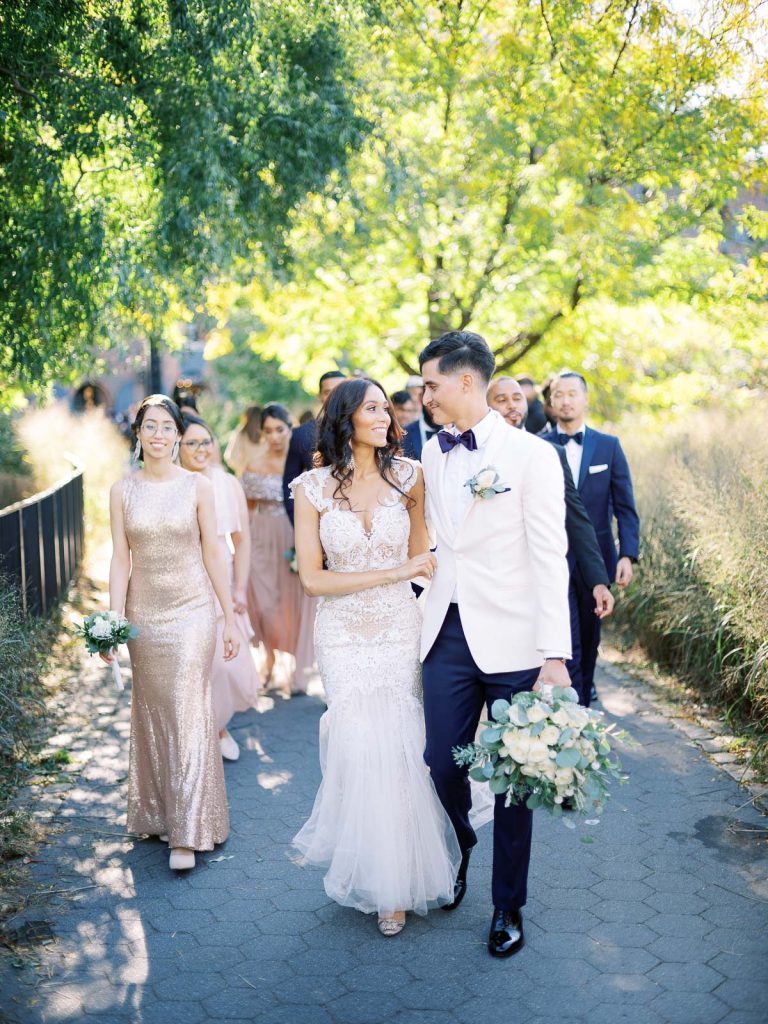
How to Pick a Wedding Date: Choose a Season
The first step is deciding on a time of year. There are disadvantages and advantages to each season:
Winter
Planning your wedding during the colder months of the year can be beautiful, especially with a little bit of snow on the ground. That white glow will give your pictures a magical, snow-globe-like effect.
The challenging part about a winter wedding timeline is daylight. Depending on where you live, the sun can set as early as 4 p.m.
This means, if you want to take photographs without flash, all of your portraits will need to be done before then.
This isn’t a problem if you’re having a late-afternoon wedding. However, if you’re planning a late-evening wedding, you may have a bit of downtime after photos, from about 4 p.m. until the start of your ceremony.
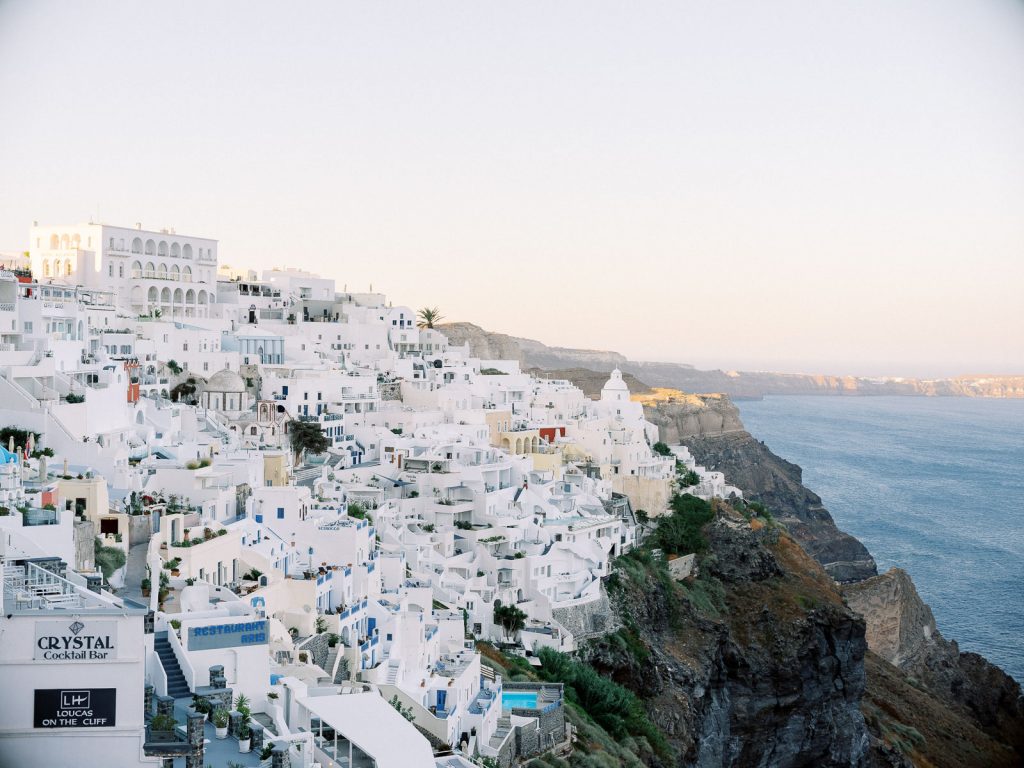
Also, to state the obvious: Winter can be COLD! That means you could be standing outside in freezing temps and your photo session might need to be cut short so everyone can head back inside to warm up.
This is something most people don’t think about, but it can have a significant impact on how much you enjoy taking wedding photos.
If your heart’s set on a winter wedding and you’re down to brave the cold [insert Frozen reference here], make sure you, your bridesmaids and groomsmen have extra layers on hand. For example, you could add a shawl or faux-fur wrap to your wedding wardrobe.
Also, here’s a pro tip: Keep hand warmers with you throughout the day (and tell your bridal party to do the same!) to help you stay warm.
If taking light and airy photographs outside is important to you, it might be best to choose a different season. Depending on your wedding location, this time of year often means brown and barren trees without snow that just don’t have the same look as when they’re lively and green.
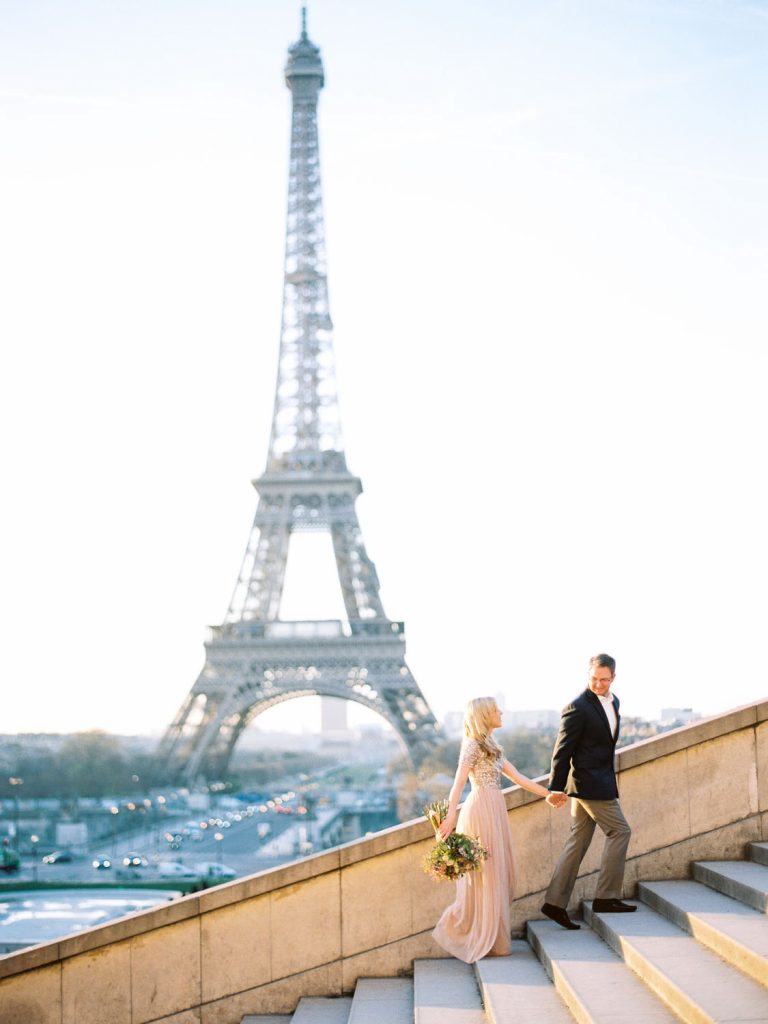
Summer
During this time of year there’s tons of daylight, giving you much more time to take photographs. Sometimes the outdoor light will last until 8:30 p.m. or later.
The one downside of a summer wedding is it can be very hot and humid during the day (especially in July). Keep that in mind if you’re planning on having a midday outdoor ceremony.
If you can, choose a ceremony later in the day, closer to sunset.
For any season, the best time of day to take photographs is the hour before sunset. Because of the late sunset time during summer, you might need to slip out of your reception for photos to make sure you capture those glowy, sun-soaked portraits.
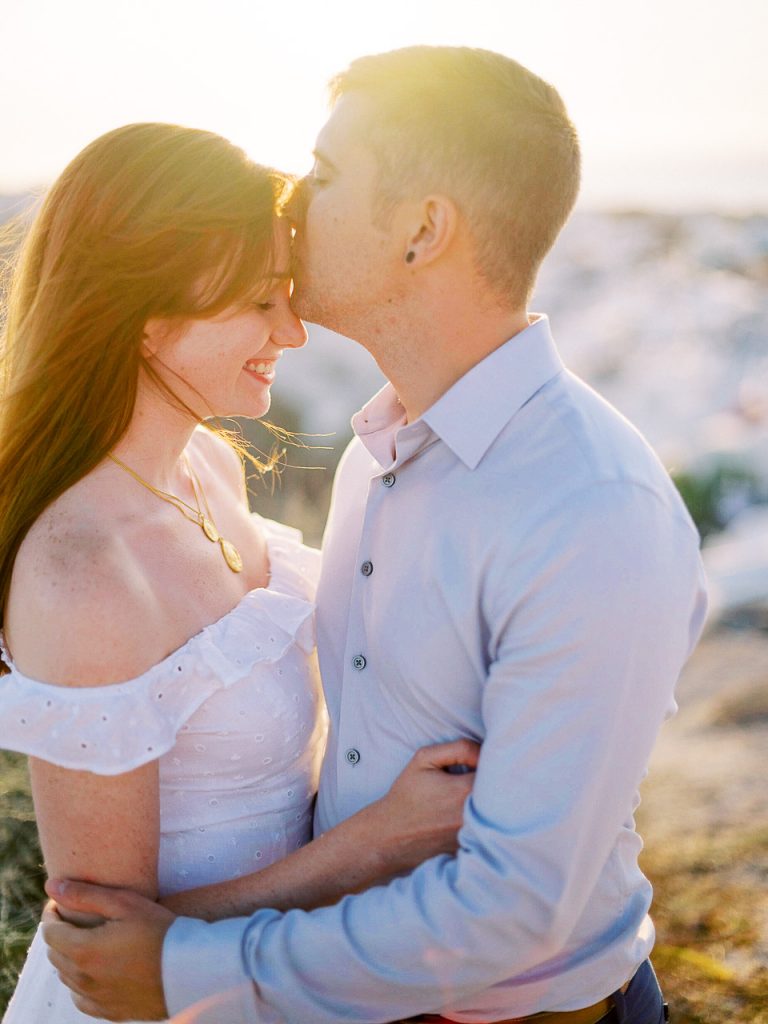
Spring
With flowers and trees in bloom, spring gives you lots of beautiful background colors to work with.
Spring is probably the second most popular season for weddings (especially May and June). Mid-May is when the trees finally get their color back here in the Northeast.
It’s often the perfect temperature for outdoor portraits as well—not too hot and not too cold.
This means your guests will most likely feel comfortable taking photos outside. It also means it’s the perfect time of year for an outdoor ceremony.
Sunset times can vary dramatically in the spring (especially with daylight savings time), so keep that in mind and make sure to talk to your photographer when planning your wedding timeline.
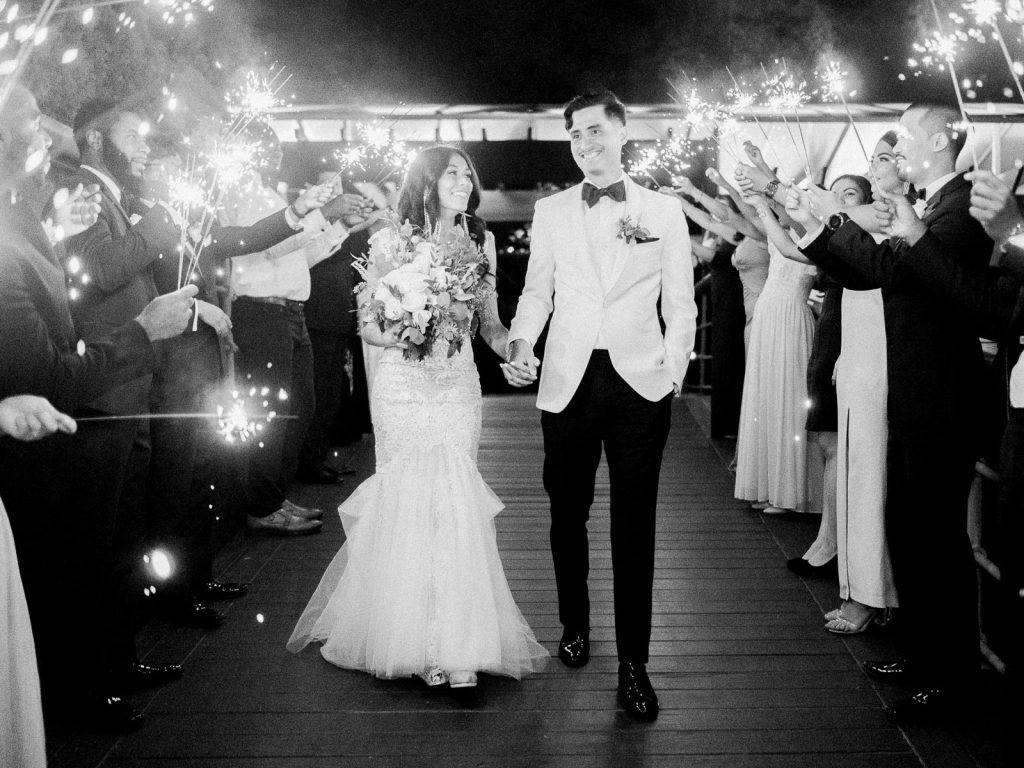
Fall
Autumn is the most popular season for weddings, with September and October being the busiest months. You’ll love the just-right temperature (so will your guests) and the brilliant colors of the trees.
If fall color is your thing, the best time to get married is generally from mid-October until the first week of November. After that, the leaves start to fall and your pictures will have more of a winter feel.
To capture photographs with fall colors though, all you really need is one nice tree! From there your photographer can shoot from different angles to bring the essence of autumn into your wedding pictures.
Like spring, your portrait time will vary depending on your wedding date, so make sure to chat with your photographer as you go about planning your timeline.
As I mentioned before, late fall (I would say after November 10th or so here in New York) can start to look and feel like winter, so consider some of the tips associated with winter, above, to avoid freezing and ensure you capture photos in line with your wedding vision.
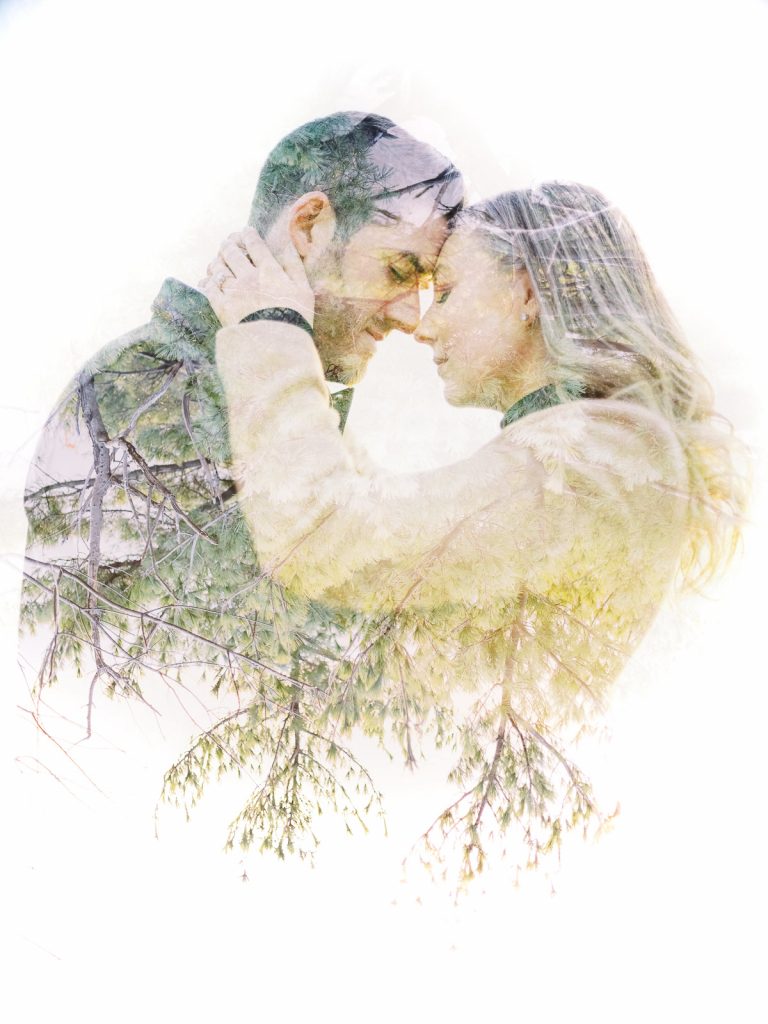
How to Pick a Wedding Date: Choosing a Day of the Week
Once you’ve chosen a season, it’s time to figure out what day of the week works best for you. For the most part, weddings here in the U.S. are held on either a Friday, Saturday or Sunday.
Saturday
Definitely the most popular day of the week to hold a wedding, you’ll most likely pay a bit more for your venue if you’re looking for a Saturday. However, there are many advantages for your guests.
Since most people work Monday through Friday, having a Saturday wedding gives your guests a break. They will most likely not have to work the day of/after your wedding. More energy = more partying and having a good time!
It’s also easier to plan a multi-day affair for your wedding: If you’re planning a destination wedding or your guests are traveling from afar, this is a big benefit to a Saturday wedding.
For example, having the rehearsal dinner on Friday, the wedding on Saturday and a farewell brunch on Sunday makes it much easier for friends and family to attend.
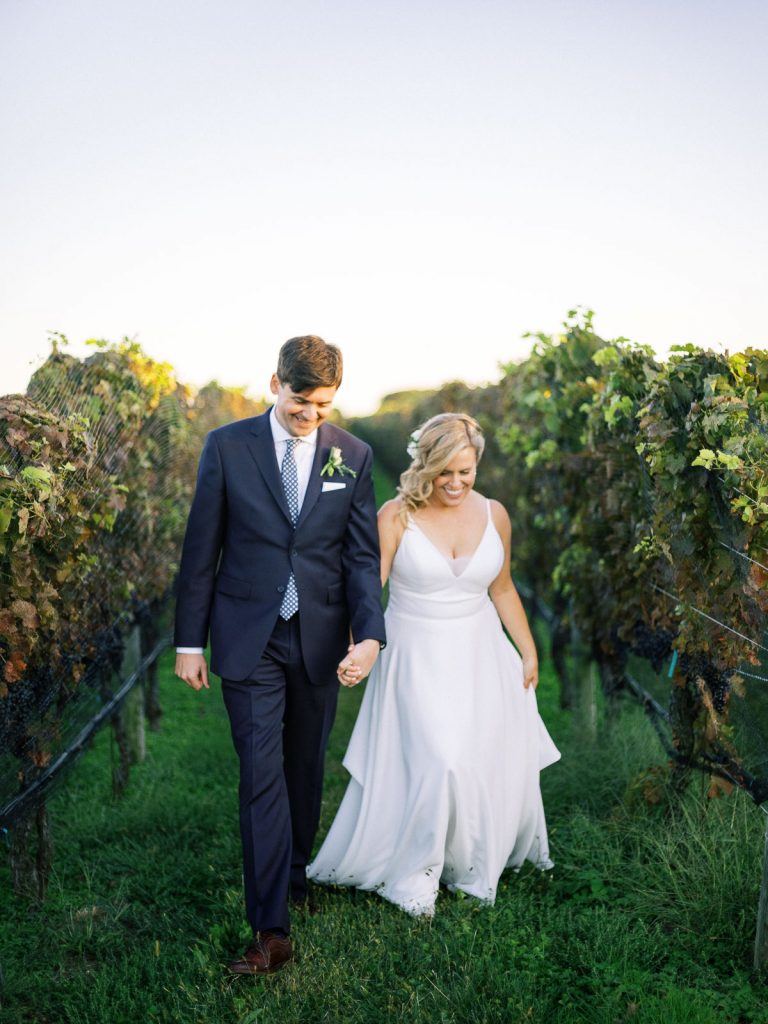
Friday
Friday is the second most popular wedding day in the U.S. Similar to a Saturday wedding, many of your guests will most likely have off the next day and as such will be more inclined to party and have a good time.
However, many of them may work the day of the event, making it more difficult to plan any events during the afternoon, such as your ceremony or family photos.
One other point to consider is since guests most likely came straight to your wedding from work, they might be tired and less inclined to get out on the dance floor.
Sunday
Sunday weddings are not as common as Friday and Saturday, but that doesn’t mean they can’t be as fun! For the most part, couples elect to have Sunday weddings in the afternoon.
Since many guests will be working the next day, this gives people ample time to enjoy the day and not feel time pressure to get home and prepare for the week.
However, because it is a day wedding, it will be a bit more difficult to get your guests up and dancing. If dancing and partying are an important part of your wedding, I would recommend choosing a Friday or Saturday wedding instead.
How to Pick a Wedding Date: Next Steps
With a time of year and a preferred day of the week, it’s time to start looking at venues. Availability will vary wildly, so plan to go in with at least 3-4 potential dates in mind.
If a particular date holds more weight for you, I recommend viewing multiple venues or beginning your wedding planning more than a year in advance.
Here are a few more tips to help you finalize your date:
Consider Your Budget
One of the easiest ways to save money with your venue is selecting the right date.
In the Northeast U.S., a Saturday wedding in the most popular months (June, September, October) is going to cost significantly more (sometimes even double!) than a Sunday wedding in April, for example.
Decide if choosing a more popular time of year is important to you when planning your wedding budget.
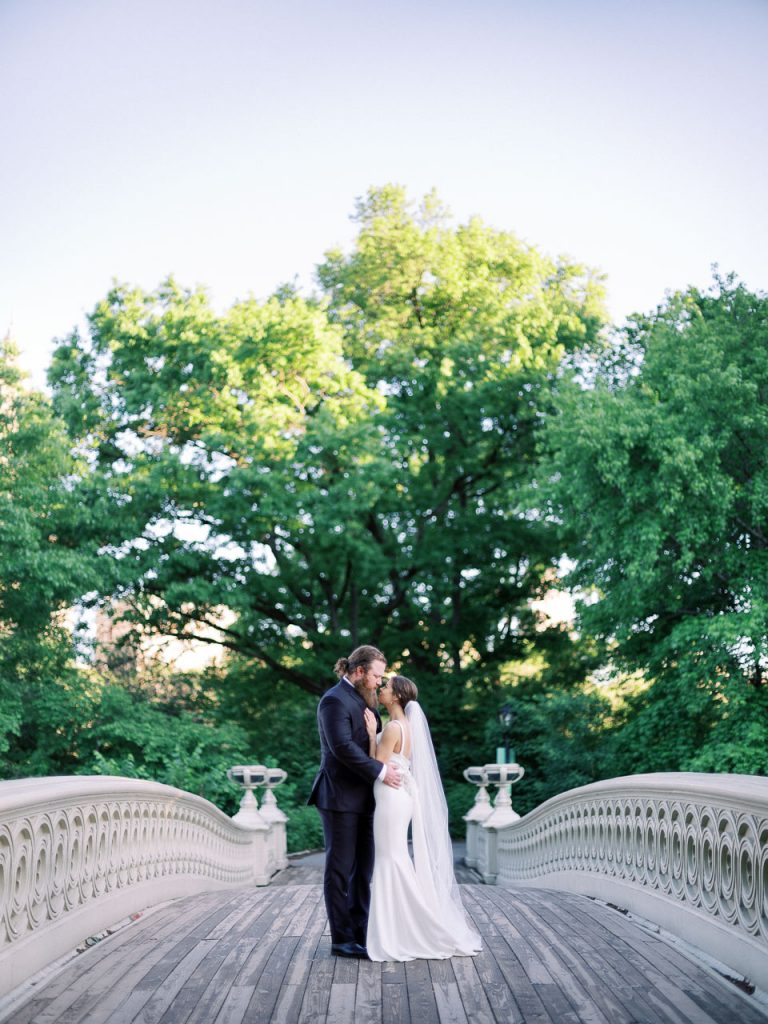
Planning Around a Holiday
Though it might be tempting to schedule your wedding around a holiday, there are a few things to keep in mind.
Certain holiday weekends, such as Memorial Day and Labor Day, are some of the most popular dates of the year for a wedding. These dates will most likely book up well over a year in advance, so plan accordingly.
Christmas and New Year’s occur during the colder months, so keep in mind the advantages and disadvantages of planning a winter wedding.
Congratulations again on your engagement. This is such an exciting time of your lives—I hope these tips help to make the journey to your wedding a bit easier and more stress-free.
